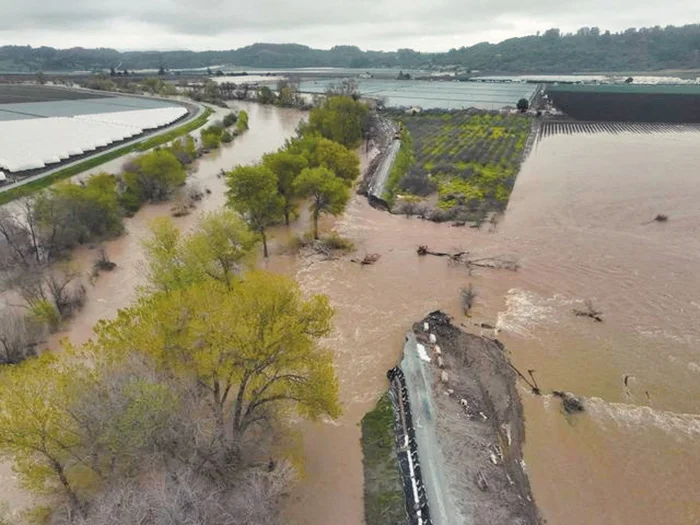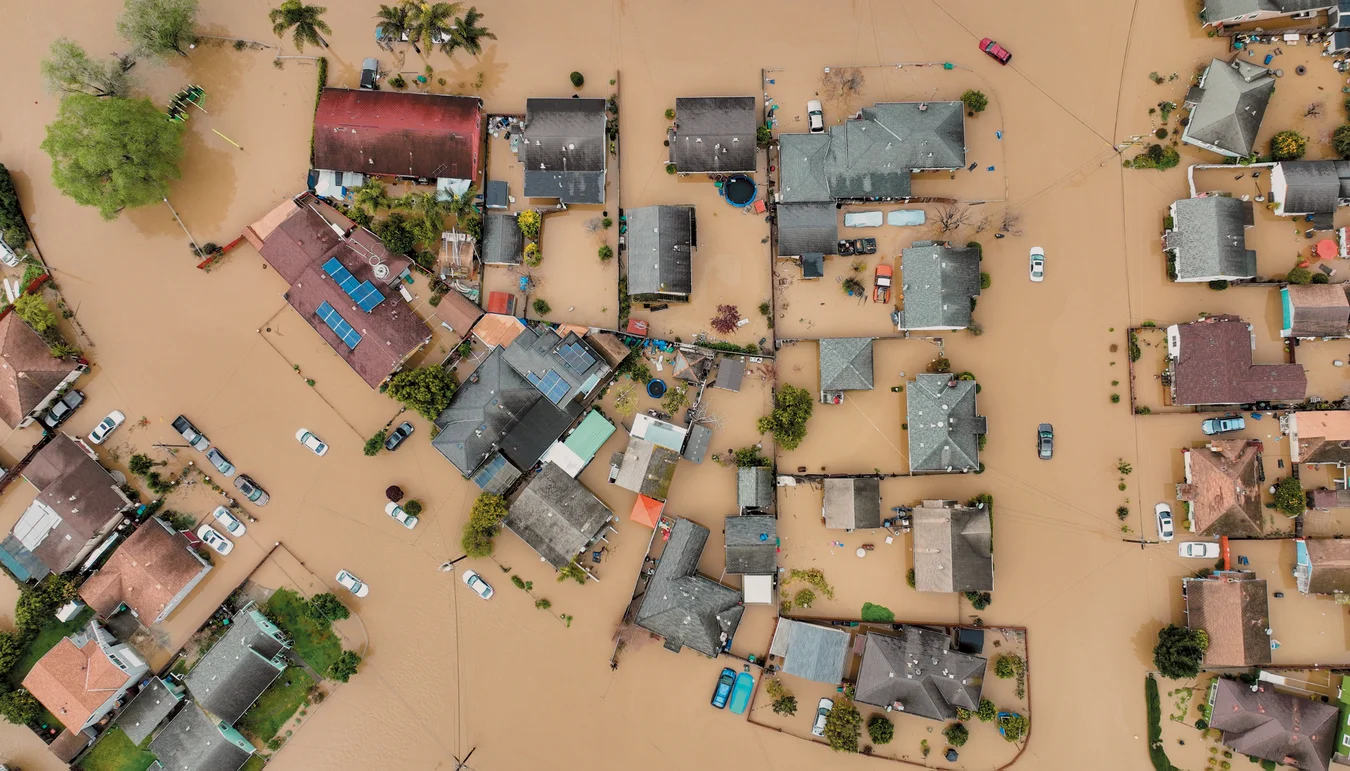Controlar la naturaleza mediante la excavación de la tierra y el vertido de hormigón, ha sido durante mucho tiempo la visión rectora del Cuerpo de Ingenieros del US Army. En 2010 esa fuerza lanzó la iniciativa “Ingeniería con la naturaleza” (EWN) afirmando que ahora aspiraba a ‘trabajar junto con la naturaleza en lugar de dominarla’. Últimamente y de manera inusual, ha estado tratando de adoptar su doctrina y procedimientos para ajustarse a lo que establece la citada iniciativa. El autor del presente trabajo se pregunta si este nuevo enfoque realmente prevalecerá.
Controlling nature by bulldozing dirt and pouring concrete has long been the guiding vision of the U.S. Army Corps of Engineers. For 250 years that ethos inspired both awe and disgust. “In my science training, the Army Corps destroyed everything. They’re the enemy,” says geomorphologist Julie Beagle, who spent much of her early career working to repair ecosystems damaged by “gray” infrastructure such as dams and levees built by the Corps. “My first boss had a sign on her desk that said, ‘Kill the Corps.’” To such critics, damaging nature was the Corps’s core competence.
So plenty of people were skeptical in 2010 when the Corps rolled out an Engineering with Nature (EWN) initiative, saying it now aspired to work with nature rather than dominate it—a dramatic change in culture and practice. Engineers and scientists are moving constrictive levees farther from riverbanks and reconnecting rivers with floodplains. They are reusing sediment dredged from shipping channels to strengthen disintegrating tidal marshes. They are partially acquiescing to rivers’ chosen paths while retaining navigation channels.
The initiative is relatively small; there are seven EWN programs sprinkled across the Corps’s 43 districts (five of which are international). But the changes convinced Beagle four years ago to leave her job at the San Francisco Estuary Institute and become chief of environmental planning for the Corps’s San Francisco district. She is now one of four “practice leads” who demonstrate and teach EWN across the Corps’s 37,000 employees. One example of her pioneering work is a big project in central California’s Pájaro River basin designed to protect communities from flooding while recharging groundwater to aid farmers and restoring habitat for threatened fish.
Beagle’s career move was risky, given the Corps’s inertia. Its long insistence that it could and should reshape nature for economic benefit has dominated U.S. civil works culture and has been exported globally through Corps projects in more than 130 countries, a practice some call “hydrocolonialism.”
Beagle says many people from her adviser’s generation “really rolled over” when she and several other mid-career scientists she knew went to the Corps. But she saw the move as an opportunity to be “a cultural changemaker” in an agency that has remade vast landscapes and waterways. With a $7.2-billion budget for civil works in fiscal year 2025, the agency’s employees oversee 24,000 miles of levees; 926 harbors that they keep dredged for shipping; 749 dams; 350 miles of beaches and dunes; numerous navigation channels and locks; and seawalls and bulkheads along hundreds of miles of coast. How the Corps thinks and what it does shape our world.

The consequences of its decisions can be deadly. The most horrific failure in recent memory occurred during Hurricane Katrina in 2005. More than 1,400 people in New Orleans and the Gulf region died when levees and floodwalls gave way; 80 percent of New Orleans lay underwater, some areas for 43 days. The Gulf’s famous marshes help to protect human communities from storm surges, but more than a century of levees and dams on the Mississippi River had deprived the marshes of 70 percent of the sediment they need to stand up to a relentless sea. More than 2,000 square miles have eroded away since the 1930s. Shipping canals have sliced and diced freshwater marshes, providing pathways for salt water to infiltrate and kill vegetation and for storm surges to rear up and overtake near-shore communities. Katrina bowled straight up a wide navigation channel called the Mississippi River–Gulf Outlet that the Corps had cut through protective marshes.
The Corps’s subsequent shift toward nature-based solutions—working with or mimicking natural systems—is part of an increasingly mainstream global movement. The 160,000-member American Society of Civil Engineers issued a policy statement last summer supporting the practice. People are increasingly recognizing the need for nature-based solutions as climate change is making floods and droughts more severe, and changes in land use—urban sprawl, industrial agriculture and forestry, levees and dams—have dramatically altered the water cycle and eroded healthy ecosystems that for centuries acted as buffers to destruction.
Nature-based solutions mean restoring the health of degraded ecosystems so they can provide clean water, absorb floods, store carbon, grow food and support life. Eileen Shader, senior director of floodplain restoration at American Rivers, a nonprofit that advocates for healthy waterways, says that in some cases, “you’re solving the problem by unbuilding.” Still, the Corps’s concept of nature-based solutions tilts more toward engineering and concrete. As Jeff King, national lead of the EWN program, puts it, projects fall somewhere on “a continuum of green-gray.”
“You could call the 20th century the century of reinforced concrete. My hope is the 21st century is the century of nature.” —Todd Bridges, University of Georgia
The approach could rapidly become more widespread thanks to a Corps rule that went into effect in January 2025 that requires the agency to consider nature-based options on par with gray infrastructure options whenever feasible. The rule also expands the traditional cost-benefit analysis to factor in environmental and social gains of projects, even if it’s impossible to assign a dollar figure. It is “the most significant policy-change update for the Corps in a generation, without a doubt,” says biologist Todd Bridges, who in 2010 created the EWN program out of the Corps’s research division, where he worked for 30 years.
Within weeks after President Donald Trump took office this year, his new administration began purging federal government websites of language that seemed progressive, freezing funds for scientific research, and dismantling departments that support human rights, science and the environment. It’s reasonable to ask whether EWN—a progressive shift in a conservative agency—would be a target. The Project 2025 manifesto guiding many administration actions mentions the Corps only once, in passing, but that doesn’t mean the agency will go untouched. At the end of January, in an unusual act, Trump ordered the Corps to release water from two federal reservoirs in California, with a stated goal of letting it flow about 200 miles south to help fire-ravaged Los Angeles. The Corps released 2.2 billion gallons, but the water did not come close to reaching the city. Local water managers scrambled to prevent flooding of nearby towns, while farmers were dismayed to see water they will need in the summer flushed away.


